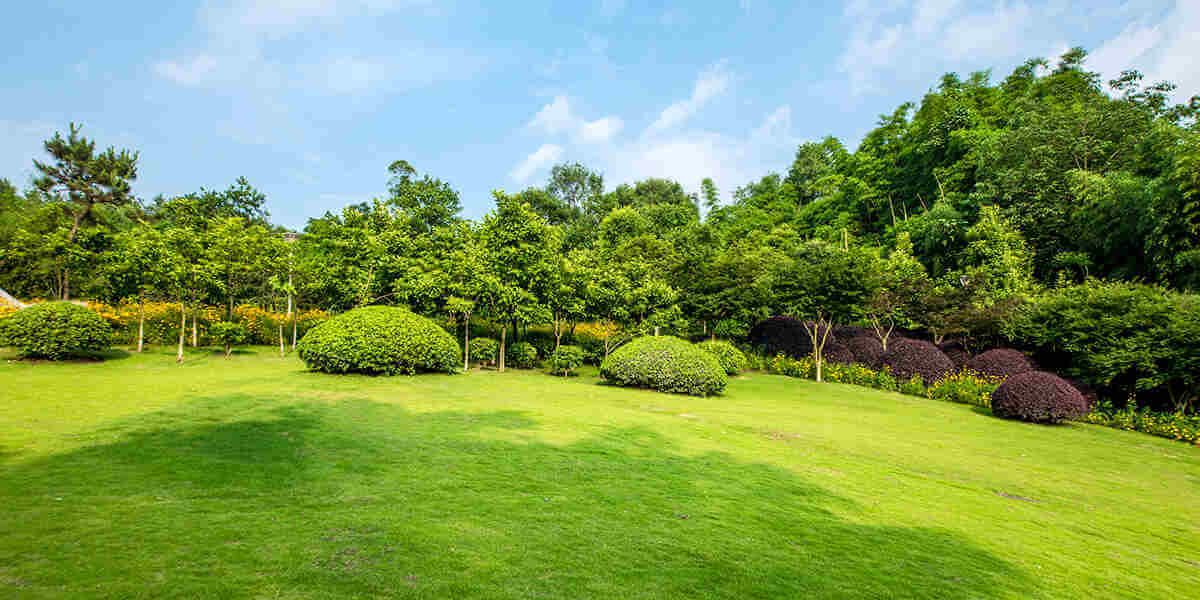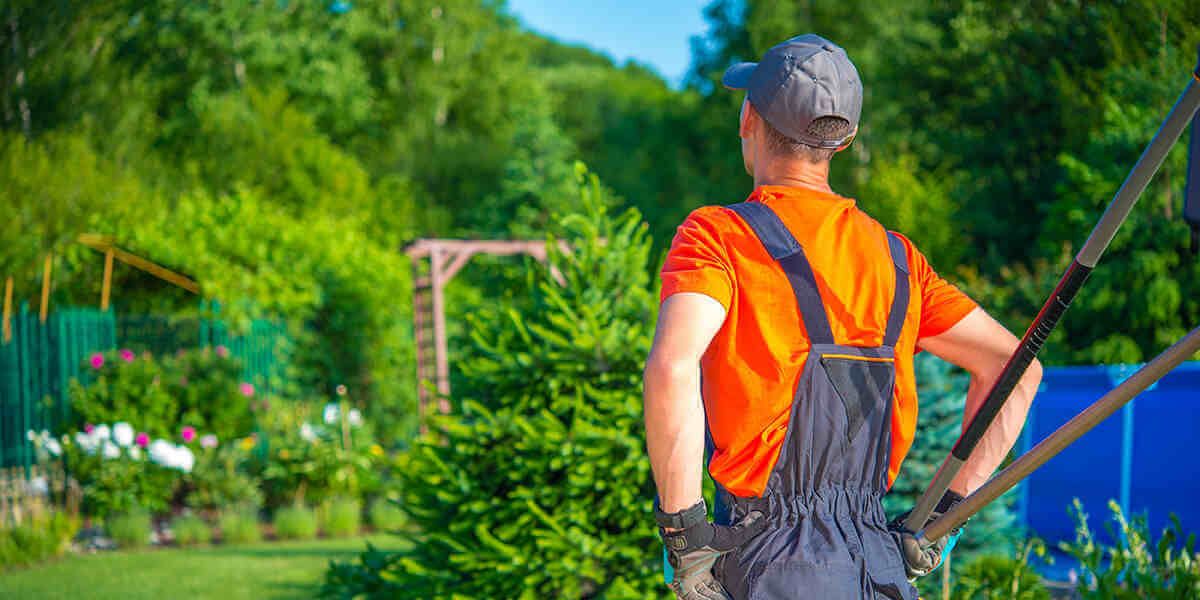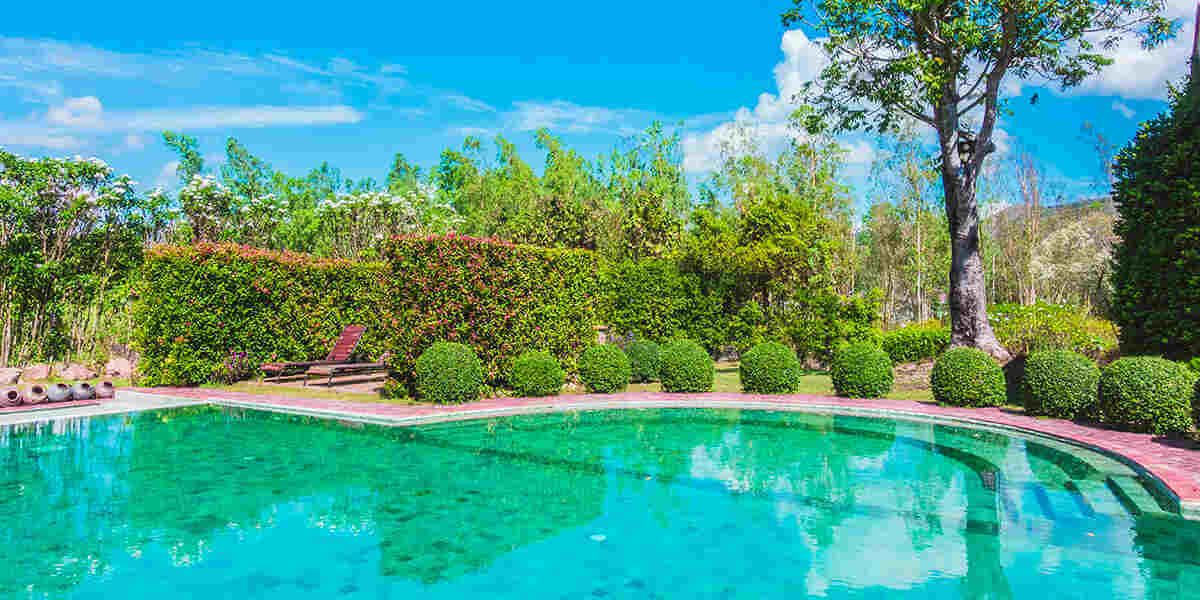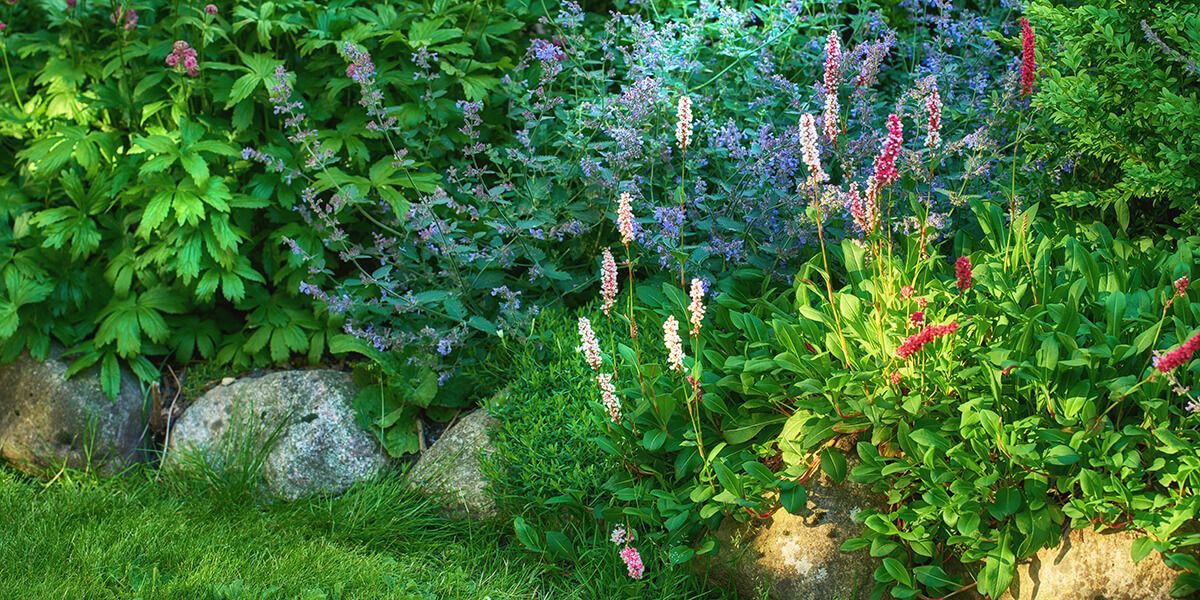DIY Landscape Design vs. Professional Design: Which Is Best for You?
DIY landscaping tantalizes many property owners. They assume they’ll save money while flexing their outdoor creativity, but is that true?
Although DIY landscape design has its place, there are times when professional design works best. The Santa Rita Landscaping, LLC, team for landscape design in Tucson, AZ, shares more below.
Consider Your Project Scope
Do you have any specific landscape design plans for your property? The scope of your plans will determine whether you need a professional landscaper at the helm of your project.
Whether you hire professional designers or not, you should always consider the following:
- Your project’s budget: How much have you put aside for your landscaping venture? The value and savings of hiring a landscaper might surprise you.
- Equipment required: You probably don’t need help with tasks requiring a small spade shovel and some dirt. However, heavy machinery requires experience and operational licenses for safe use.
- Your available resources: Do you have the time, energy, and knowledge to execute your plans quickly and efficiently? If not, turn to a professional landscaper.
- What you can realistically do alone: Many property owners underestimate the energy and time required to complete a landscaping project. A little help from professionals goes a long way!
When Is DIY Landscape Design Appropriate?
DIY landscape design works well for small-scale projects in your outdoor space. For example, you’ll want to add some annuals to a predetermined area in your yard. You can also easily do the following without a professional:
- Learn which annuals thrive in sunlight vs. shade
- Choose a fertilizing product
- Dig shallow holes to plant stuff
You might also implement simple yet creative flower bed ideas to emphasize the changing seasons. These projects usually take a day or less and don’t require any special equipment or products.
When Does Professional Landscaping Serve You?
Professional landscapers should handle complex landscaping projects that need consistent maintenance and care. Some examples of more complicated undertakings include the following:
- Crafting features that promote energy efficiency and native eco-diversity
- Building large structures like rock walls, man-made ponds, and permanent seating areas
- Irrigation and drainage engineering
- Constructing expansive flower beds from the ground up
These projects require professional design experience, construction skills, and project-specific materials to complete them safely.
Before Hiring a Professional Landscaper
If you’ve chosen to hire a professional landscaping company to complete your project, you can still strategize ways to save money while achieving your desired results. The following tips will help you find the best landscaper to fit your needs:
- Explore the average price to complete a landscaping design.
- Research landscapers’ experience in your particular undertaking.
- Speak with your landscaper about affordable materials and methods.
Share Your Ideas With Santa Rita Landscaping, LLC
While DIY landscape design allows you to enjoy personal creativity and resourcefulness, it doesn’t suit all backyard landscape ideas. Santa Rita Landscaping, LLC can assist you in creating the perfect outdoor paradise on your property. Call 520-623-0421 to learn more.




